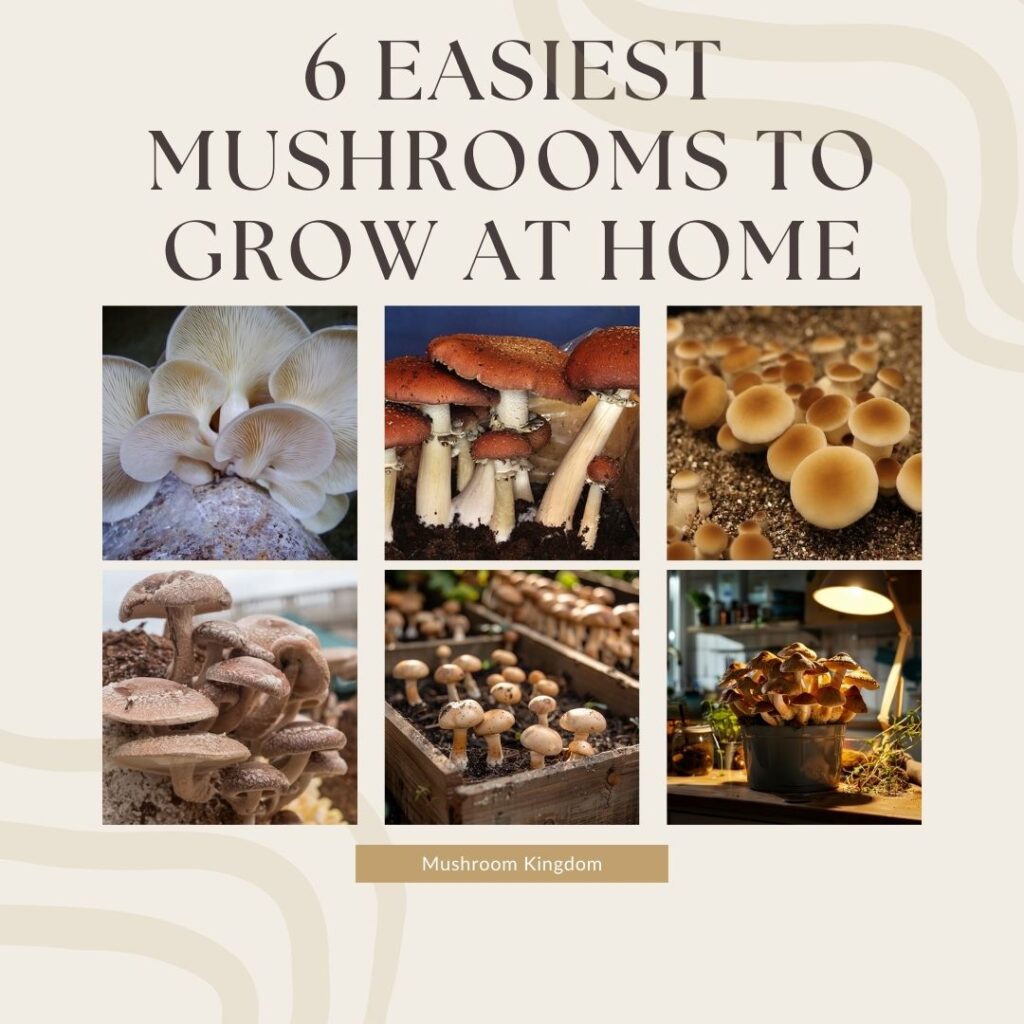Cortinarius iodes, commonly known as the “viscid violet cort,” is a striking violet mushroom found in mixed hardwood and coniferous forests, characterized by its slimy cap and stem.
While visually distinctive, it is not considered edible due to potential toxicity and the risk of confusion with other poisonous Cortinarius species.

How To Identify Cortinarius Iodes Mushroom?
Let’s delve into each aspect to help you recognize this beautiful yet potentially toxic mushroom.
Cap (Pileus)
The cap of Cortinarius iodes starts off convex and eventually becomes broadly umbonate or nearly flat as it matures.
It usually measures between 3 to 8 centimetres in diameter.

One of the most striking features is its color, ranging from violet to lavender. When moist, the cap surface appears slimy or viscid, which is a key characteristic to look for. As it dries, the surface may become dull and more opaque.
The margin of the cap is often inrolled when young but straightens or slightly uplifts with age.
Gills (Lamellae)
The gills of this mushroom are adnate to adnexed, sometimes appearing almost free from the stem.

Initially, the gills exhibit a pale lilac to lavender color, but they darken to a rusty brown as the spores mature. They are typically crowded or close together, which can be seen when you look under the cap.
Stipe (Stem)
The stem of Cortinarius iodes is another identifying feature. It usually grows to about 4 to 10 centimeters in length and is around 0.5 to 1.5 centimeters thick.
Its color varies from violet to purple, often paler than the cap. The stem might have whitish to violet fibrils or a fibrous appearance, and it tends to be slimy or viscid, especially when fresh.
At the base, the stem may sometimes be slightly bulbous or enlarged.
Spore Print
One of the definitive ways to identify Cortinarius iodes is by examining the spore print, which is rusty brown. This characteristic helps distinguish it from other similar-looking mushrooms.
Flesh
The flesh of this mushroom retains its violet to pale lavender color even when cut. It is usually soft and relatively thin, making it easier to differentiate from other species.
Odor and Taste
The odor of Cortinarius iodes is mild, sometimes slightly fruity or earthy. While the taste is also mild, it’s crucial to remember that tasting is not recommended because many Cortinarius species are toxic.
Habitat
Cortinarius iodes typically grows on the ground in mixed hardwood and coniferous forests. You are most likely to find it during late summer to fall, adding to the vibrant forest floor during these seasons.
Microscopic Features
Under the microscope, the spores of Cortinarius iodes are ellipsoid and warty, with a rust-brown color. Observing the cystidia can provide additional confirmation for more precise identification.
Cortinarius Iodes Field Tips
When identifying Cortinarius iodes in the field, note that the sliminess of the cap and stem can vary with humidity and rainfall. It’s beneficial to check during different weather conditions.
Also, while the cap color is typically violet, it may fade in older specimens or with prolonged exposure to direct sunlight.
Collecting a spore print on white paper is a good practice to confirm the rusty brown color, which is essential for distinguishing it from other purple or violet mushrooms.
Precautions
Be aware that many Cortinarius species contain toxins, such as orellanine, which can cause severe kidney damage.
Therefore, avoid consumption unless you are absolutely certain of the identification and the mushroom’s edibility. Consulting with an expert mycologist or referencing comprehensive mushroom identification guides is always a wise approach when in doubt.
By carefully examining these characteristics, you can confidently identify Cortinarius iodes. This thorough approach ensures safety and accuracy in identification
Is Viscit Violet Cort (Cortinarius Iodes) Edible?
Cortinarius iodes are not considered edible. In fact, consuming it can be dangerous. Many species within the Cortinarius genus contain toxins, including orellanine, which can cause severe kidney damage.
Although Cortinarius iodes itself is not well-studied regarding its edibility, the risk of mistaking it for toxic relatives is high.
Given the potential for severe health consequences, it’s crucial to avoid eating any Cortinarius mushrooms unless you have absolute certainty about their safety.
Even experienced foragers and mycologists exercise caution with this genus due to the significant risks involved. So, while the viscid violet cort may be visually striking, it’s best admired in its natural habitat rather than on a dinner plate.
Cortinarius Iodes Look-Alikes and Misidentification
Identifying Cortinarius iodes can be tricky due to several look-alike species that share similar features. Here’s a guide to help differentiate between Cortinarius iodes and its common look-alikes, reducing the risk of misidentification
1. Cortinarius violaceus
Cortinarius violaceus, also known as the violet cort, has a deep violet to purple cap and stem. The cap is often dry rather than slimy and has a velvety texture.
These are widely spaced, initially violet but turning rusty brown with age.
Prefers similar forest environments but tends to grow in both hardwood and coniferous forests.
- Key Differences: The dry, velvety cap and more spaced gills help distinguish it from the slimy-capped Cortinarius iodes.
2. Cortinarius purpurascens
This species features a purplish cap and stem, with the cap being slightly sticky rather than very slimy. They start off violet but turn brown as they mature. It is often found in mixed forests, often near conifers.
- Key Differences: Less slimy cap and a more robust stature distinguish it from Cortinarius iodes.
3. Cortinarius traganus
It has a lilac to purple cap and stem, but the cap is more bulbous and the stipe (stem) can be significantly thickened. the gills start pale and become rusty brown. Be careful because it grows in similar woodland settings.
- Key Differences: The unpleasant odor and bulbous cap shape set it apart from Cortinarius iodes.
4. Laccaria amethystina
This small, vibrant purple mushroom has a dry cap and a fibrous stem. The gills are spaced and remain purple.
It is common in deciduous forests, often forming mycorrhizal relationships with trees.
- Key Differences: The dry cap, smaller size, and consistently purple gills are distinct from the slimy, color-changing gills of Cortinarius iodes.
Is Cortinarius Iodes Psychedelic?
Cortinarius iodes is not psychedelic. Unlike some other mushroom species, it does not contain psychoactive compounds such as psilocybin or psilocin.
Instead, many Cortinarius species are known for their toxic properties, which can cause severe health issues. For instance, some contain orellanine, a potent toxin that can lead to kidney damage.
Given the significant health risks associated with consuming Cortinarius mushrooms, it’s crucial to avoid eating them.
Even though Cortinarius iodes may look attractive due to its vibrant violet coloration, it should not be consumed or used for any psychoactive purposes.
Always exercise caution when dealing with wild mushrooms and consult an expert if you have any doubts about their identification and safety.


